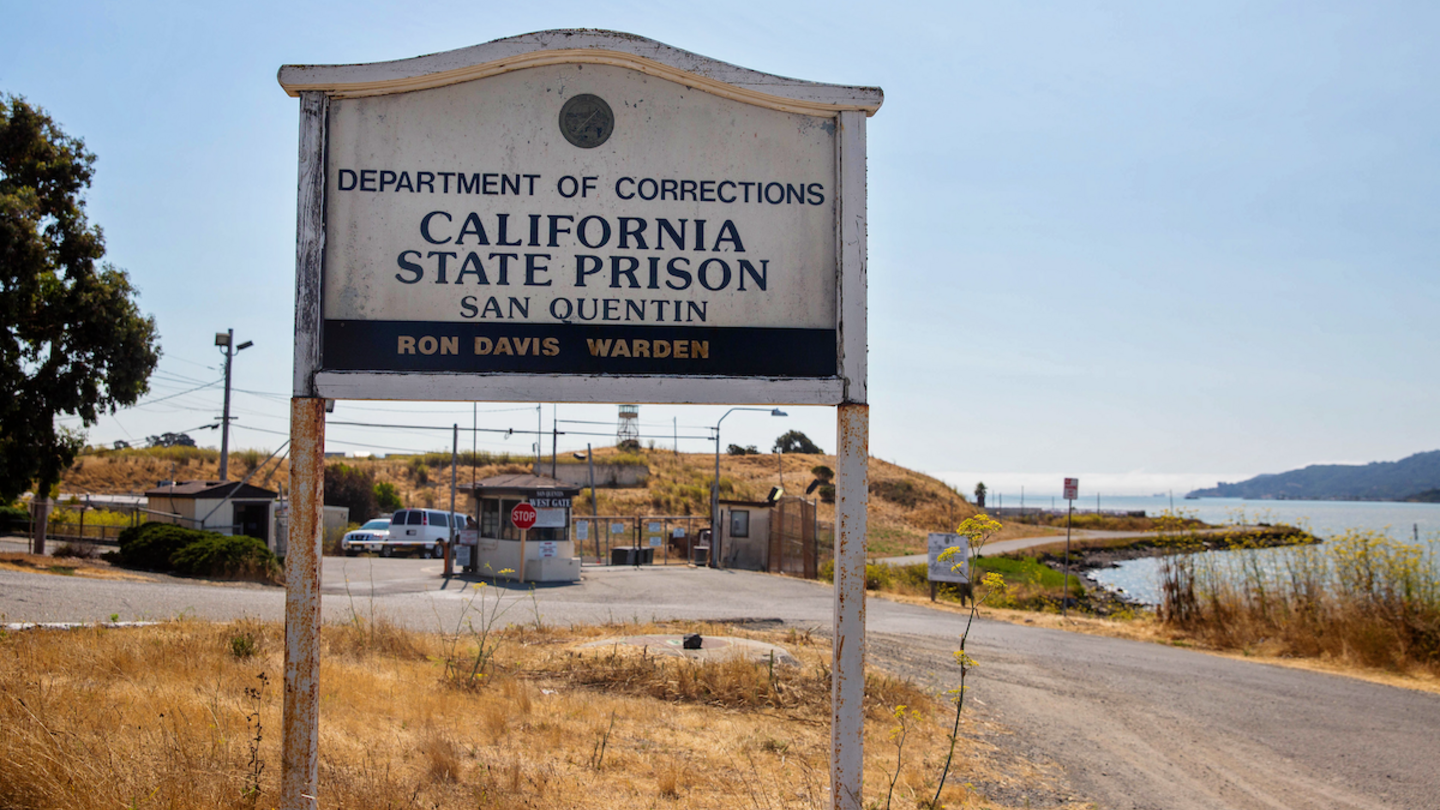Addressing the cycle of crime begins with a core belief: every person holds inherent worth and untapped potential. Recognizing this, combined with thoughtful legal reform, opens doors for people to turn their lives around while still respecting the rights and safety of others. This mindset helps individuals grow, strengthens communities, and allows more people to contribute in meaningful ways.
Many people who leave prison end up returning to crime — a sign of missed opportunities and gaps in the system. Challenges like limited access to education and jobs, struggles with mental health or addiction, lack of support, and social stigma make it hard for people to rebuild their lives. Tackling these issues helps individuals succeed and creates communities where everyone can thrive together and break the cycle of crime.
Tole of second chance hiring in breaking the cycle of crime
A job isn’t just about making money — it’s about having purpose, stability, and a chance to make a difference. Second-chance hiring gives people the opportunity to rebuild their lives while also helping businesses and communities grow stronger. Embracing these policies can inspire broader reforms that focus on empowerment and opportunity, breaking the cycle of crime for good.
Programs like Beacon of Hope guide businesses in developing second-chance hiring practices, ensuring individuals receive the support they need after incarceration to succeed. These efforts benefit individuals and businesses and highlight the need for systemic reform by showcasing how support and opportunity can reduce recidivism. Beacon of Hope’s ongoing efforts continue to open doors for individuals, fostering inclusive workplaces and stronger communities.
5 pathways to progress and public safety that help break the cycle of crime
Getting to the root of what drives harmful behavior is key to breaking the cycle of crime. Programs that focus on personal growth and practical solutions give people the tools to turn their lives around while keeping communities safer.
These efforts don’t just help individuals — they can spark meaningful reform in the justice system, creating pathways that lead to real change. By tackling challenges head-on, such as addiction, education gaps, and mental health needs, these programs make a lasting impact on everyone.
1. Education and vocational training

Giving people skills that match what today’s job market needs can turn their potential into real opportunities. Educational programs build confidence and give individuals the tools they need to find meaningful work and contribute in positive ways.
Hudson Link promotes educational programs that help former inmates reintegrate into their neighborhoods and become engaged community members. The average recidivism rate is 42%, but only 4% of Hudson Link graduates return to prison. Once the students graduate, they receive job support and networking opportunities like professional development help.
2. Mental health and substance abuse treatment
Tackling mental health and substance use challenges is a big part of helping people get back on their feet. Holistic approaches that focus on emotional and physical well-being create a strong foundation for stability. By removing these roadblocks, former inmates are better prepared to reenter society and make a positive impact.
Over the past decade, Give an Hour has helped nearly 3 million people by bridging the gap between an overburdened health care system and personalized support. Through its no-cost network of 4,000 volunteer counselors and a focus on community-based mental health care, the organization trains individuals closest to the problems to provide effective support.
Sign up for the Stand Together newsletter and get stories, ideas, and advice from changemakers to help you tackle America’s biggest problems.
3. Community reentry programs
A strong support system can make all the difference for someone reentering society. These programs help individuals navigate tough situations by offering resources for housing, employment, and building social connections — key ingredients for a stable and successful future.
JUMPSTART’s “Inside Program” aids in the workforce and interpersonal re-integration through a 40-week peer-to-peer and mentorship program that sets up the individual to succeed after their release from prison. Approximately 400 people graduate from JUMPSTART Prison Ministry every year, with 96% of them staying out of prison.
4. Restorative justice: a path to accountability and growth
Restorative justice helps people take responsibility for their actions and work toward making things right with victims and their communities. By focusing on repairing harm instead of punishment encourages personal growth and builds stronger community connections. It shows how respect and mutual benefit can create real, lasting change.
New Blue works with officers in their local communities through a year-long fellowship to reform policing from within. Officers are encouraged to create a solution to a community problem that New Blue helps the officers implement. New Blue’s ultimate goal is to make it easier for citizens and police to work together and implement restorative justice, reducing arrests through compassionate policing and recruitment.
5. Peer-to-peer networks
Strong communities grow when there’s trust, connection, and a shared goal of helping everyone succeed. Welcoming people back into society and supporting their reintegration creates an environment where everyone can thrive.
Peer-to-peer networks are a big part of this — they provide spaces for mentorship, shared support, and encouragement. By relying on bottom-up solutions that empower individuals with personal knowledge and shared experiences, these networks give people the chance to build trust and learn from others who’ve faced similar challenges and come out stronger.
The Other Side Academy (TOSA) is a therapeutic community that helps individuals break free from cycles of incarceration, addiction, and violence by providing peer support and accountability. Looking ahead, TOSA aims to expand its self-sustaining model across the United States, addressing the incarceration, opioid, and homelessness crises without relying on government funding.
Building safer, stronger communities through legal reform
Communities thrive when people are seen for their potential — not as problems to manage. Welcoming individuals back into society and rejecting stigma creates connection, trust, and opportunity. Neighborhoods become safer and more united by focusing on what makes each person unique and giving them a chance to contribute.
Reforms that focus on empowerment instead of punishment unlock progress for everyone. Approaches that embrace mutual benefit, innovation, and belief in people’s ability to grow can break the cycle of crime and open doors to brighter futures. When every individual is given the chance to live with purpose and contribute, communities flourish, and everyone moves forward together.
More about how to break the cycle of crime
- These six reentry programs are making a difference and empowering formerly incarnated individuals.
- The Brink Literacy Project uses the power of storytelling to help incarcerated individuals reclaim their personal narratives.
- Can face-to-face conversations between current inmates and individuals on the outside lower the recidivism rate?
Learn more about Stand Together’s criminal justice efforts, and explore ways you can partner with us.
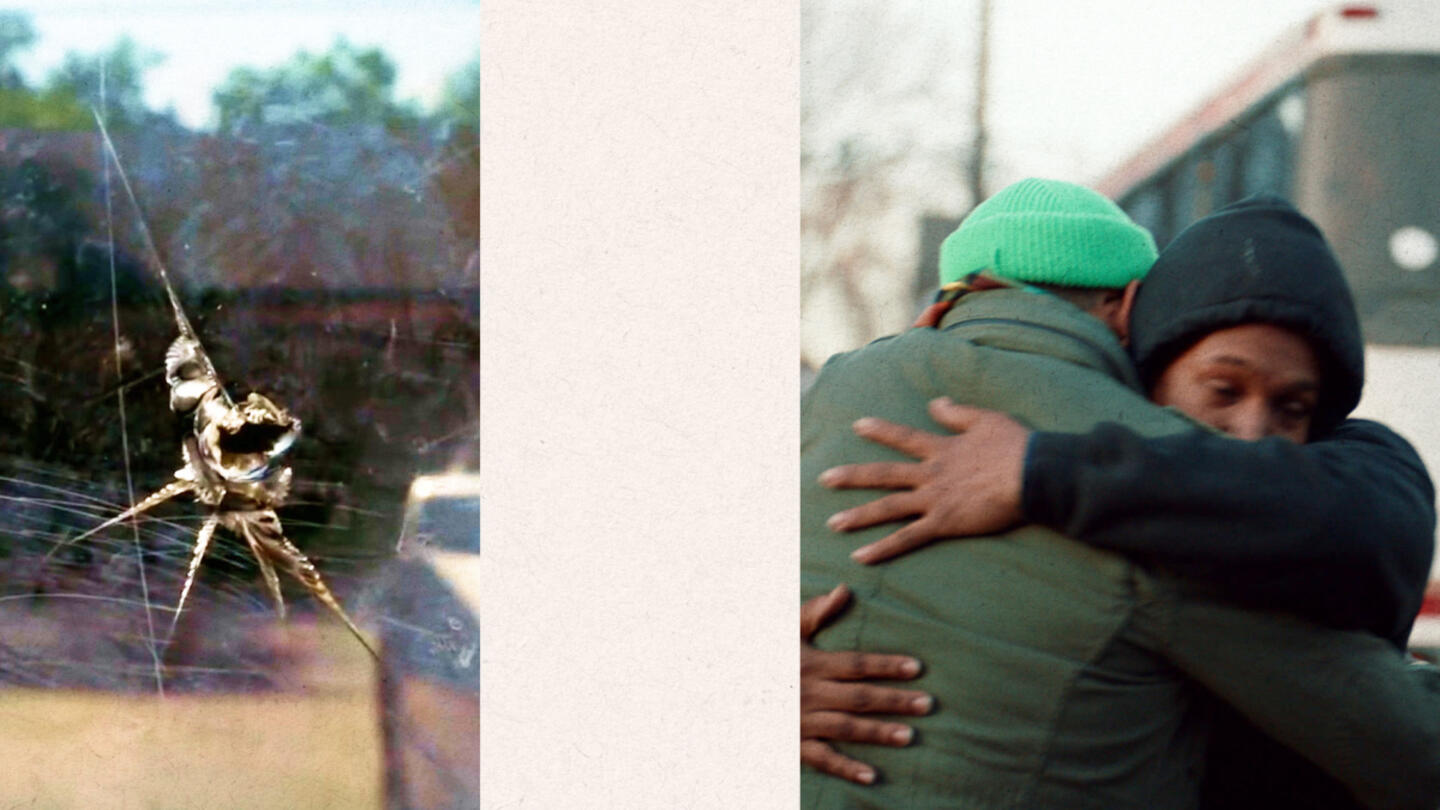
How community leaders can get sustainable solutions that stick
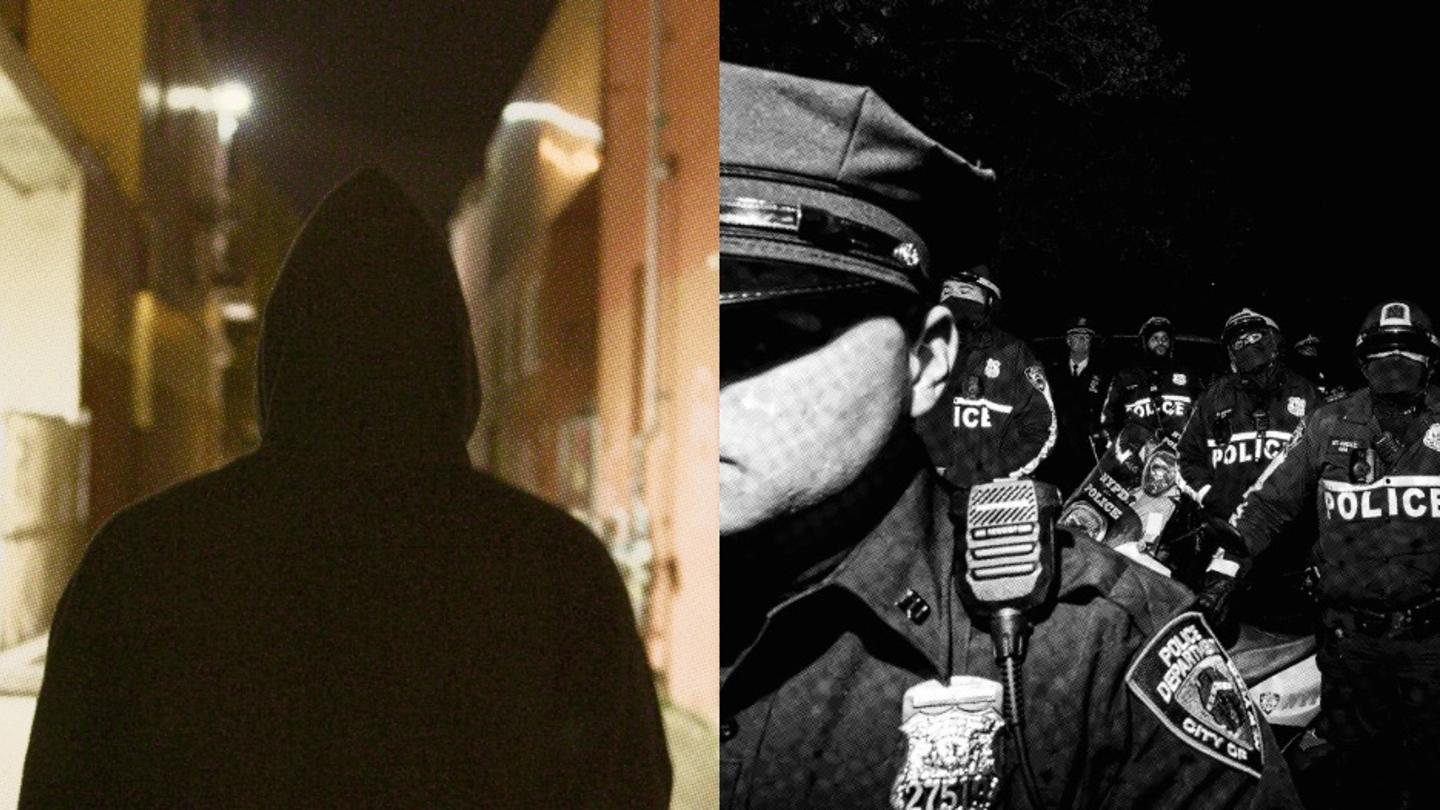
We already have a key to reducing violent crime, according to this former law enforcement officer turned leading policy researcher.
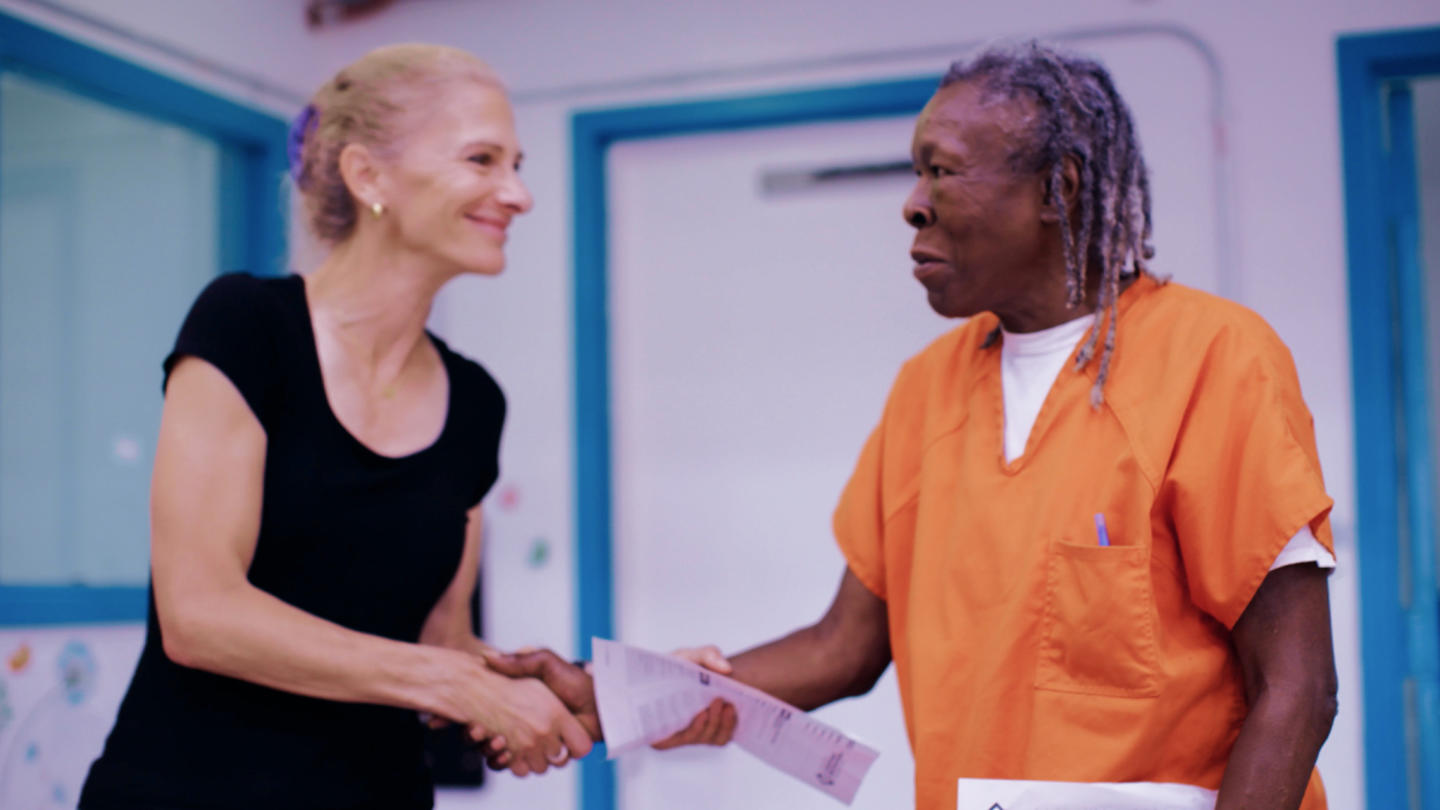
The Frederick Douglass Project uses face-to-face conversations in prison to unlock possibilities for everyone.
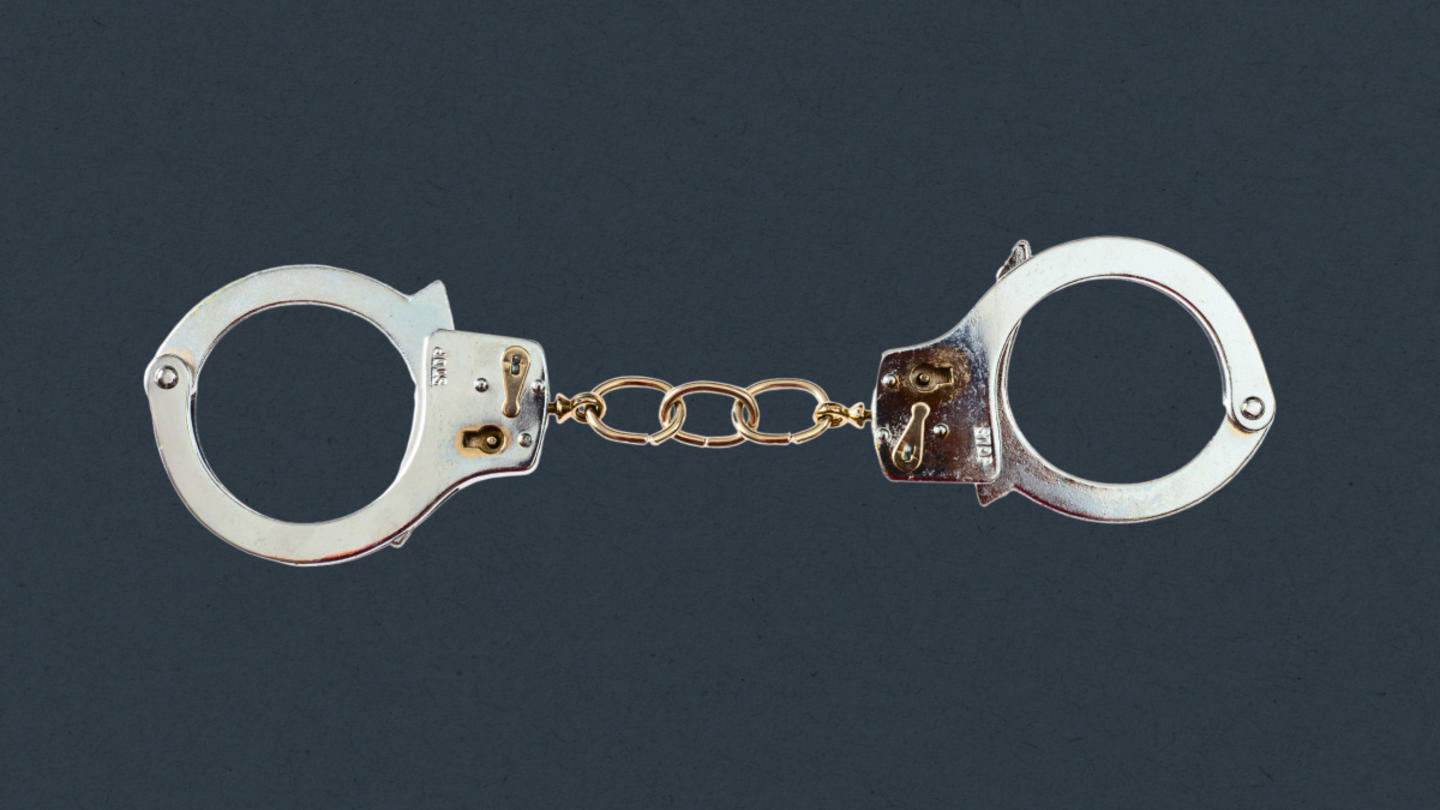
About half of people leaving prison or jail will return. These five nonprofits want to change that.
